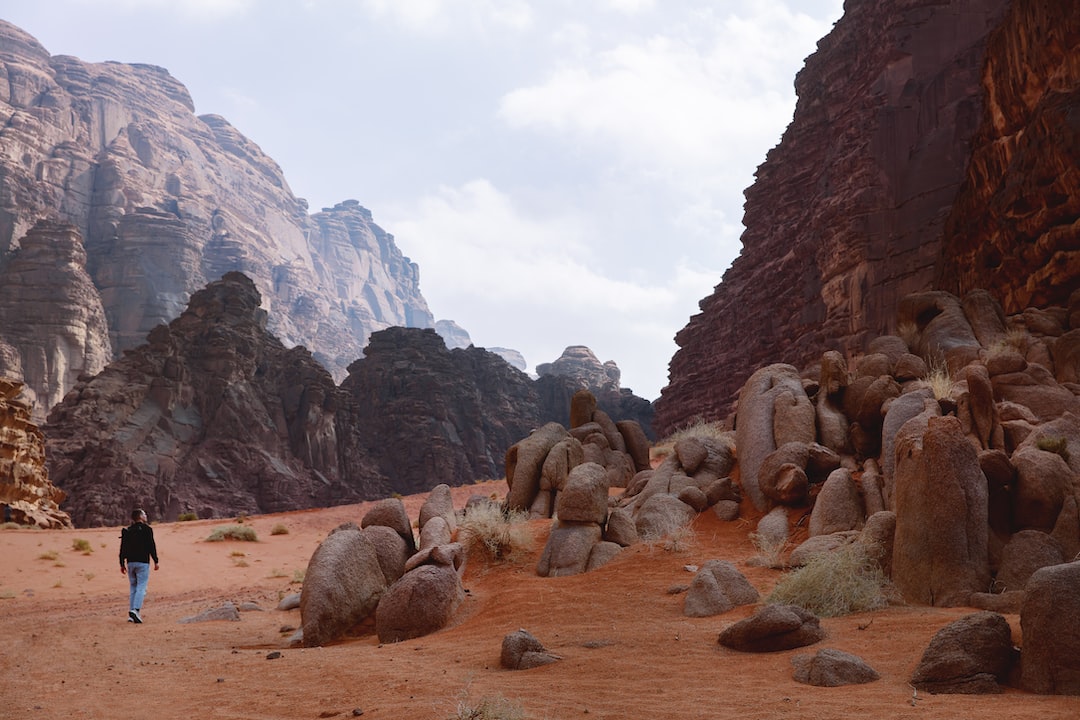Exploring Wildlife Sanctuaries: Protecting Endangered Species
The Earth is home to a vast array of magnificent creatures, but unfortunately, many of these species are at risk of becoming extinct. Human activities such as deforestation, poaching, and climate change have put immense pressure on wildlife populations, pushing many species to the brink of extinction. In an effort to protect and conserve the biodiversity of our planet, wildlife sanctuaries have emerged as strongholds for endangered species. These sanctuaries play a crucial role in safeguarding the incredible diversity of life on Earth and providing a glimmer of hope for the survival of endangered species.
A wildlife sanctuary is a designated area where animals and their habitats are protected from various threats, including hunting, agriculture, and development. These sanctuaries serve as safe havens for endangered wildlife, offering them protection, ample resources, and an opportunity to flourish. From vast expanses of African savannahs to lush rainforests in South America, wildlife sanctuaries can be found in diverse habitats across the globe.
One such sanctuary is the Maasai Mara National Reserve in Kenya, East Africa. This renowned protected area is home to a remarkable variety of wildlife, including the iconic African elephant, lion, leopard, and cheetah. The Maasai Mara provides a vital habitat for these species, ensuring their protection and offering opportunities for researchers and tourists to witness these majestic creatures in their natural habitat. By visiting such sanctuaries, enthusiasts are not only able to appreciate the beauty of these incredible animals, but they also support conservation efforts through entrance fees and donations.
Heading to the other side of the world, the Galápagos Islands in Ecuador offer another example of an extraordinary wildlife sanctuary. These isolated volcanic islands, best known for their role in Charles Darwin’s theory of evolution, are home to an incredible variety of unique species found nowhere else on Earth. From the famous giant tortoises to the marine iguanas and blue-footed boobies, the Galápagos’ biodiversity is truly unparalleled. However, this delicate ecosystem faces threats from invasive species and climate change. To protect this natural wonder, the Ecuadorian government has established strict regulations, controlling tourism and implementing conservation programs to preserve the Galápagos’ unique flora and fauna.
Not all wildlife sanctuaries, however, are located in remote and exotic locations. Some sanctuaries can be found right in the heart of bustling cities. Take for example, Central Park in New York City. This iconic urban oasis provides a sanctuary for a diverse range of bird species, including the majestic red-tailed hawk and the vibrant eastern bluebird. While not endangered, these species depend on the park’s green spaces as a refuge from the city’s concrete jungle. Central Park serves as a reminder that wildlife sanctuaries are not limited to distant lands but are essential in urban areas as well.
The importance of wildlife sanctuaries cannot be overstated. They not only protect endangered species but also play a crucial role in maintaining the delicate balance of ecosystems. Every species, no matter how small, plays a crucial role in their ecosystem. The loss of even a single species can have far-reaching consequences, leading to a domino effect that threatens the stability and biodiversity of an entire ecosystem.
Moreover, these sanctuaries also provide a platform for scientific research and education. Scientists and researchers rely on wildlife sanctuaries to study endangered species up close, observe their behavior, and develop conservation strategies to save them from extinction. Education programs conducted within these sanctuaries also raise awareness among visitors, often inspiring them to take action and make a difference in preserving biodiversity.
In conclusion, wildlife sanctuaries are a vital tool in protecting endangered species. From iconic African savannahs to the enchanting islands of the Galápagos, these sanctuaries provide a safe haven for countless species and help maintain the delicate balance of ecosystems. By appreciating and supporting these sanctuaries, we can contribute to the conservation and protection of endangered species and ensure that future generations can witness the incredible diversity of life on Earth.

